
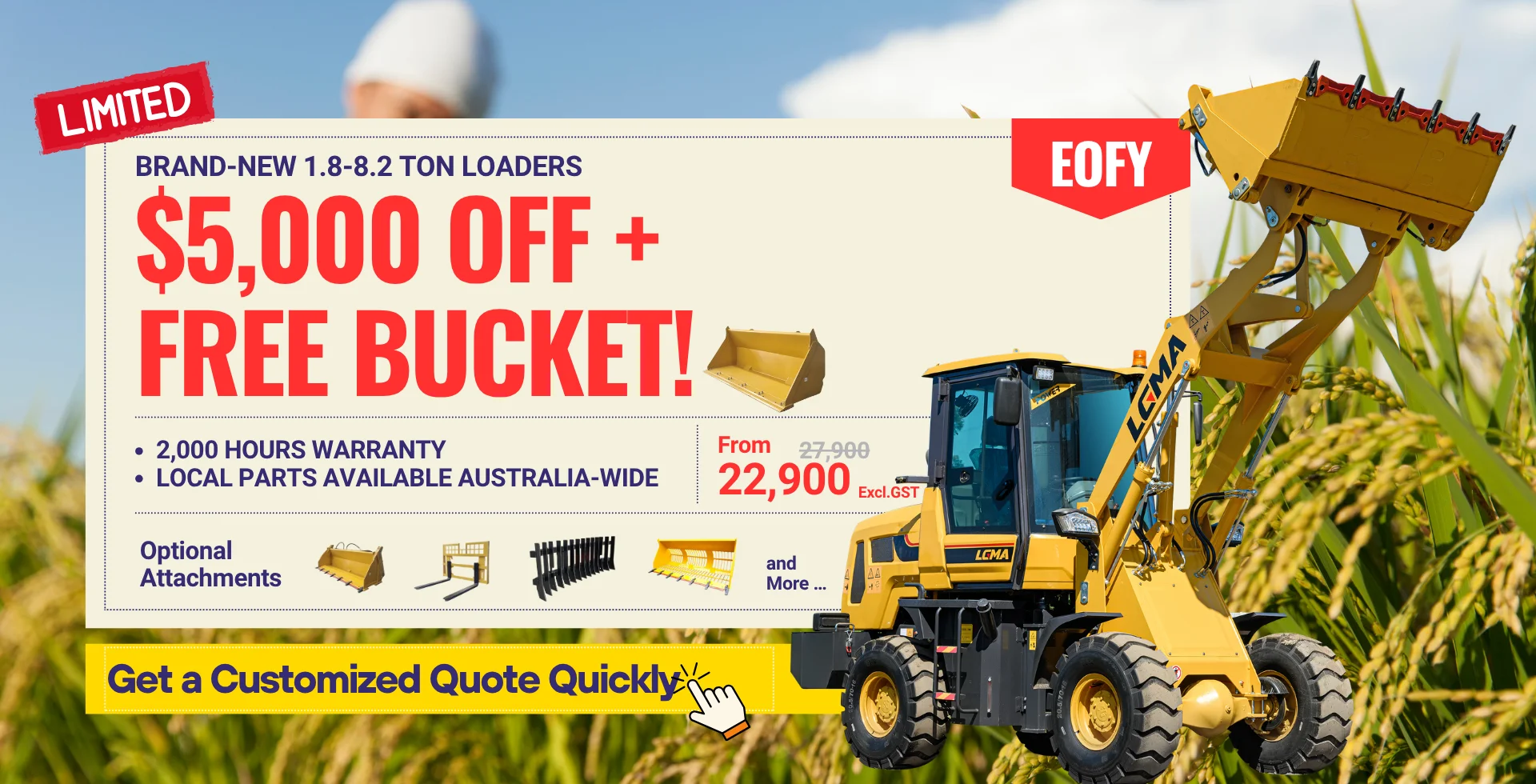
Our Range: Wheel Loaders
- Z25
- LM920
- LM930
- LM938
- LM940
- LM946

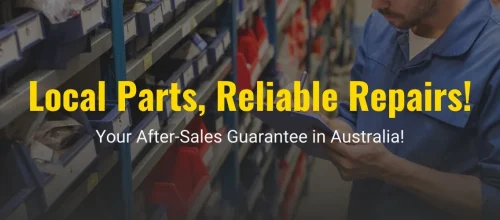
I was speaking to a couple of companies about buying an Electric Walkie Stacker for my small warehouse. Mark from DJJ Equipment by far gave the best Customer experience compared to other similar companies I engaged when looking at different product options. Mark was very Customer focused & extremely happy to help with any information to assist me. Very polite & friendly gentleman. After Sales support was with service was 1st class as well.
Regards, Steve Atkin
Pallet Pickups WA
It was purchased from Mark in Perth.
Machine is working great and the amount of usage my husband is getting out of the loader and clearing of parts of our property, ripping out the prickle bush, acacia weed and the moving of rocks has made a massive difference to our property in such a short time!
We chose DJJ Equipment over another similar suppler due to Marks knowledge, friendly customer service and can say the ongoing after sales support to
queries has been fantastic!
Can really see us getting our moneys worth out if this machine for many years to come, so pleased we purchased with DJJ Equipment!
Highly recommend!
Loader LM946 is performing well.
I have to say that Mark and the staff at the Perth depot were remarkably helpful and knowledgeable.
Nothing was too much trouble for them.
Very impressed with the service.
And I come back for another pallet jack today at DJJ.
DJJ’s service had been excellent all the time, I am highly recommend for DJJ’s forklift product.
I couldn't fault them bit they where Awesome Thankyou guys and Thankyou Mark for your support Excellent Work.
,
.
Right from the start I was kept informed by Mark and the team on the progress of the Loader and the extra attachments I require.
The delivery of the loader arrived on the exact day as requested with a follow up from DJJ coordinators to check all was as expected.
I’m Very Happy with the loader In the way it presents & performs along with the required capital for such a purchase.
Highly recommend DJJ Equipment In Perth as they have great range of equipment along with Friendly, Efficient Sales and Service.
Keep up the good work Guys 👌👍
Very good customer service by mark
Parts
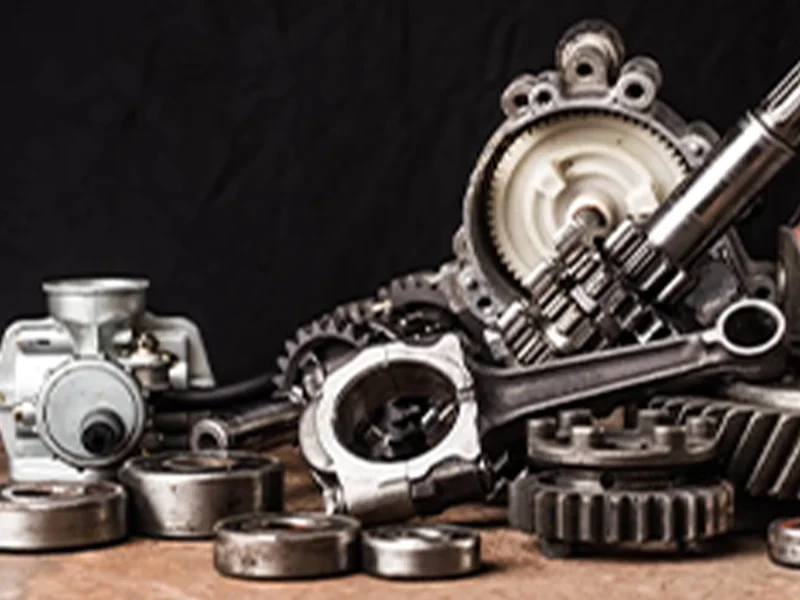
Service
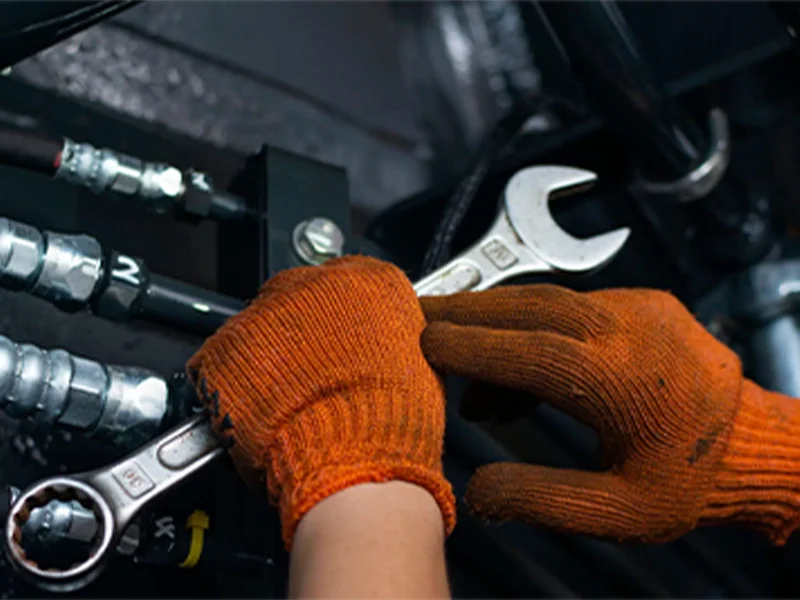
We offer maintenance and after-sale service to all of our customers. If you have any questions or need assistance, you can contact us through email, phone, Facebook, video, or other methods.We promise prompt responses to ensure your repair needs are addressed quickly and efficiently.
Finance

Our in-house finance team provides professional service all across the country, along with quick approvals, no/low doc finance options, and flexible leasing plans. We want to help you get your hands on a new loader as soon as possible and pay for it later. With monthly payments of only a few hundred dollars, you can own a brand new loader and get your job done!
Customization

One of our greatest strengths is our ability to customize machinery and attachments to meet the specific needs of our clients. Whether you are in construction, agriculture, or any other industry, we can design and build equipment that is tailored to your unique requirements.
How to Choose Wheel Loaders in Sydney: A Comprehensive Guide
1. Considering Wheel Loader Size
Compact Wheel Loaders
- Machine Total Weight: Approximately 1.8 to 4.5 tons
- Bucket Capacity: 0.4 to 1.5 cubic meters
- Horsepower: 45 to 100 HP
- Ideal Use: Perfect for tight workspaces, especially in urban construction and narrow areas. They offer versatility, compactness, and agility, suitable for light digging and loading tasks.
Small Wheel Loaders
- Machine Total Weight: Approximately 4.5 to 7.3 tons
- Bucket Capacity: 1.2 to 2.3 cubic meters
- Horsepower: 75 to 150 HP
- Ideal Use: Great for general construction, agriculture, and real estate development. They’re excellent for moving more materials and offer larger bucket capacities.
Medium Wheel Loaders
- Machine Total Weight: Approximately 7.3 to 13.6 tons
- Bucket Capacity: 1.9 to 3.8 cubic meters
- Horsepower: 150 to 250 HP
- Ideal Use: These are versatile machines suited for projects that need a balance of multifunctionality and moderate power, including construction, road construction, and excavation.
Large Wheel Loaders
- Machine Total Weight: Over 13.6 tons
- Bucket Capacity: 3.8 cubic meters and above
- Horsepower: 250 HP and above
- Ideal Use: Built for large-scale projects like mining, port operations, and major construction tasks. They deliver robust performance and high capacity.
2. Identifying Essential Wheel Loader Features
Wheel loaders come with key features that are crucial for buyers to understand, helping determine their necessity for your specific needs. Let’s explore these important features and how they impact your choice.
- Arm Configuration: One of the primary features to consider in a wheel loader is its arm configuration. This determines how the loader interacts with different materials and affects its lifting capacity and stability. Different arm configurations suit various tasks, so it’s essential to choose one that aligns with your specific job requirements.
- High Departure Angles: High departure angles in wheel loaders are crucial for maneuvering in challenging terrains. This feature allows the loader to navigate over steep and uneven surfaces without the risk of undercarriage damage. Especially important for construction sites with rough terrain, high departure angles enhance the machine’s versatility and safety.
- Quick Hitch: A quick hitch system in a wheel loader is a game-changer for efficiency. It allows for rapid attachment changes, minimizing downtime and increasing productivity. This feature is particularly valuable in projects that require a variety of tasks to be executed in quick succession, ensuring that your wheel loader can adapt swiftly to different needs.
3. Understanding Key Wheel Loader Specifications
- Bucket Capacity: Bucket capacity determines how much material your loader can handle in a single scoop. It’s crucial for efficiency and productivity.
- Operating Weight: The operating weight of a wheel loader comprises several components, including the machine weight, operator weight, attachments weight, and fuel weight. These elements collectively determine the loader’s overall weight and influence its stability and performance in different applications.
- Horsepower: Horsepower is a key factor influencing a loader’s performance. More horsepower typically means better performance for heavier tasks.Match the loader’s horsepower to the workload and tasks it will handle. Higher horsepower is suitable for more demanding operations.
- Tipping Load: Tipping load determines how much weight a loader can safely lift. It’s crucial for safety and efficient material handling.Choose a loader with a tipping load capacity that accommodates the heaviest materials you’ll handle at maximum extension.
- Hydraulic Flow: Hydraulic flow rate is essential for powering attachments. Adequate hydraulic flow supports various accessories and determines versatility. Consider the attachments you’ll use and select a loader with hydraulic flow that matches their requirements. Standard flow for general tasks and higher flow for more demanding attachments.
- Breakout Force: Breakout force measures a loader’s ability to perform heavy-duty tasks, such as digging or breaking. It’s crucial for productivity.Match the breakout force to the tasks you’ll perform, ensuring it’s adequate for tasks like digging or excavation.
4. Understanding the Total Cost of Owning a Wheel Loader
When considering the purchase of a wheel loader, it’s important to remember that the cost involves more than just the price tag. There are several other expenses to consider to ensure you’re factoring in the complete cost. Let’s break these down:
Owning Costs
- Purchase Price: The initial cost varies based on size, brand, and features. Ensure your budget aligns with the model you need.
- Financing/Interest Costs: If financing, include interest expenses over the loan term. Compare financing options to get the best rates.
- Resale/Residual Value: Consider the wheel loader’s projected resale value. Some brands and models retain their value better, affecting overall ownership costs.
Operational Costs
- Fuel Usage: One of the biggest operational costs. Opt for fuel-efficient models to reduce ongoing expenses. Evaluate the machine’s fuel consumption under various conditions.
- Preventive Maintenance: Regular maintenance extends the machine’s lifespan and prevents expensive repairs. Budget for routine services like oil changes and inspections.
- Wear and Tear: Account for the cost of replacing components due to wear and tear, such as tires and hydraulic hoses. Having a budget for these replacements is crucial.
- Labor Costs: Include expenses for operator and maintenance staff labor. The proficiency and training of your personnel can influence these costs.
5. Securing After-Sales Support for Wheel Loaders
Purchasing heavy machinery like a wheel loader is a significant investment, making after-sales service an essential consideration. It ensures the long-term, smooth operation of your equipment. Here’s what to focus on regarding after-sales service:
- Dealer Reputation: Research the reputation of the dealer you’re considering. A reputable dealer usually means better service and support. Check customer reviews and ask for references to gauge their reliability.
- Instructional/Safety Training: Make sure the dealer offers adequate training for operators. Proper training is vital for safety and ensures optimal use of your wheel loader.
- Warranty: Review the warranty coverage. Understand what’s included and the duration. A comprehensive warranty can significantly reduce future repair and maintenance costs.
- After-Sales Support: Inquire about the dealer’s after-sales support and their response time. Access to prompt on-site or remote assistance is crucial for addressing technical issues efficiently.
- Spare Parts Back-Up: Confirm the availability of spare parts for your specific model. Quick access to genuine parts is key to minimizing downtime during maintenance or repairs.
6. Evaluating Wheel Loader Comfort Features
While comfort might not be the first thing you think of when choosing a wheel loader, it’s certainly not something to overlook. After all, who wants to spend their workday in a machine that’s uncomfortable? A pleasant working environment can significantly improve an operator’s mood and efficiency. Let’s explore the comfort features that make a difference:
- Operator Cab Design: The cab’s design is key to comfort. Look for spacious, well-visibility cabs with ergonomic controls. A well-designed cab ensures efficient, discomfort-free operation.
- Noise and Vibration Control: A quieter, less vibratory environment reduces fatigue and enhances overall comfort. Opt for loaders with effective noise and vibration control systems for a more pleasant workspace.
- Heating and Air Conditioning: Essential for maintaining a comfortable temperature inside the cab, especially in extreme weather conditions. This feature can be a game-changer for operator comfort.
- Suspension Seats: Quality suspension seats that are adjustable can greatly lessen the impact of rough terrain. Comfortable seating options are crucial in reducing physical strain.
- Joystick Controls: Many modern loaders feature joystick controls, which are often more intuitive and comfortable. These can significantly reduce fatigue during long work shifts.
- Visibility: Good visibility from the cab is not just a safety measure, but also adds to the comfort. Clear sight lines to the bucket, attachment, and surroundings ensure efficient and safe operation.
Ready to Buy Your Ideal Wheel Loader
With the insights and information provided, we believe you are now well-equipped to make an informed decision and buy the ideal wheel loader for your needs. Understanding the size, essential features, key specifications, after-sales support, and comfort factors are all critical in guiding your choice.
If you have any questions or need further guidance, don’t hesitate to reach out to us at DJJ Equipment. Our team of machinery experts is always on hand to provide consultation and assist you in selecting the most suitable wheel loader for your specific requirements. We’re committed to ensuring that you find the perfect match for your needs.

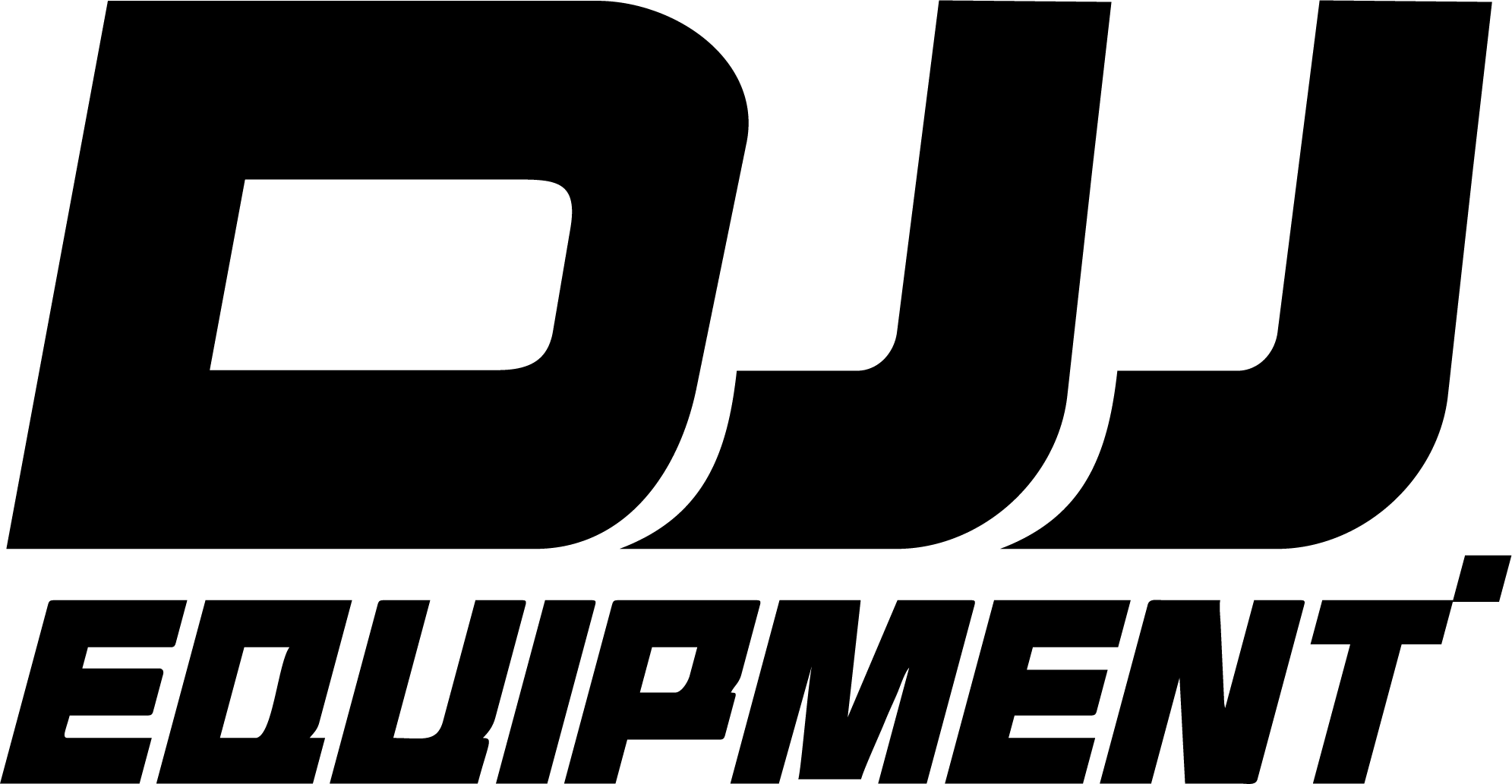
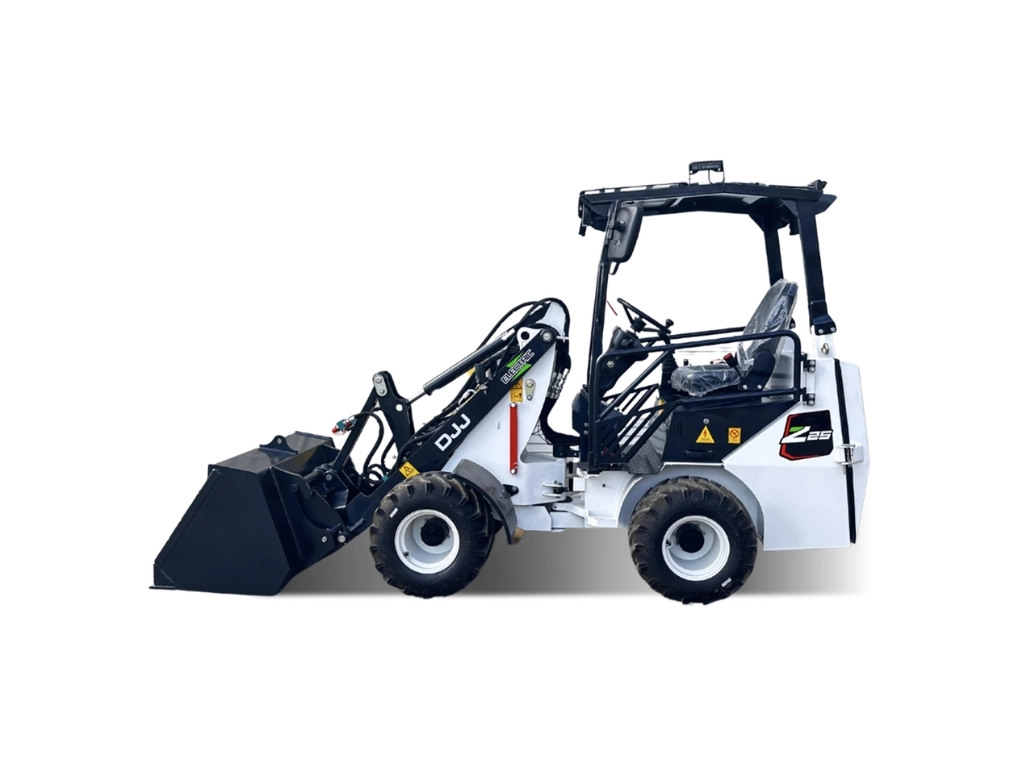

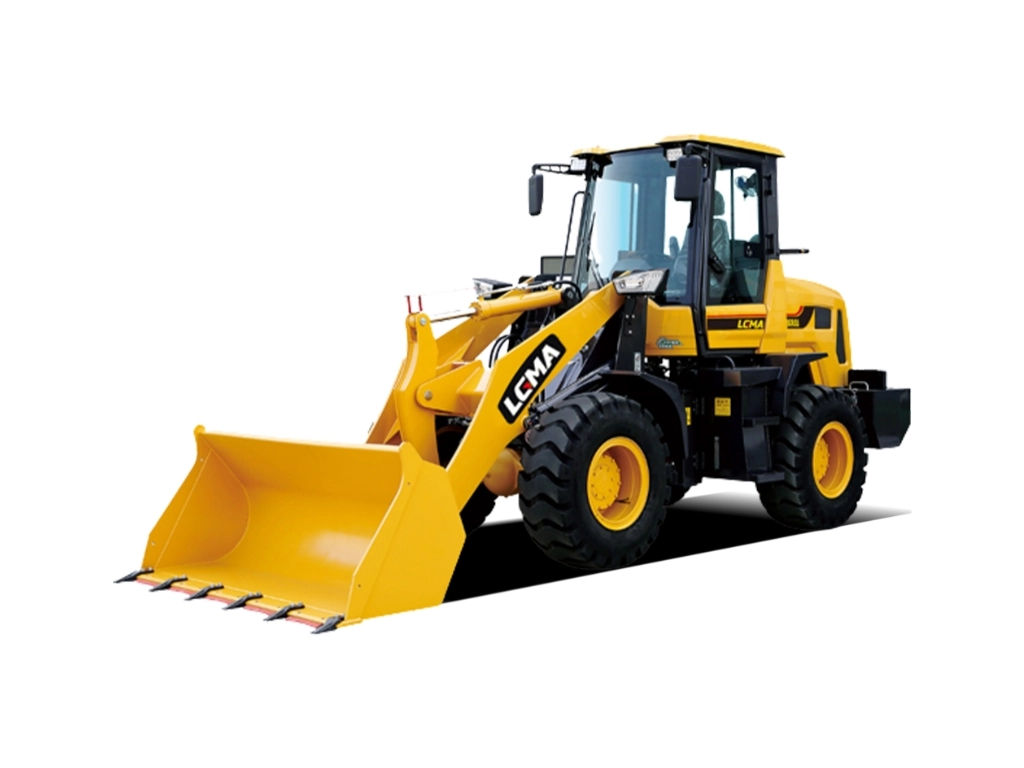
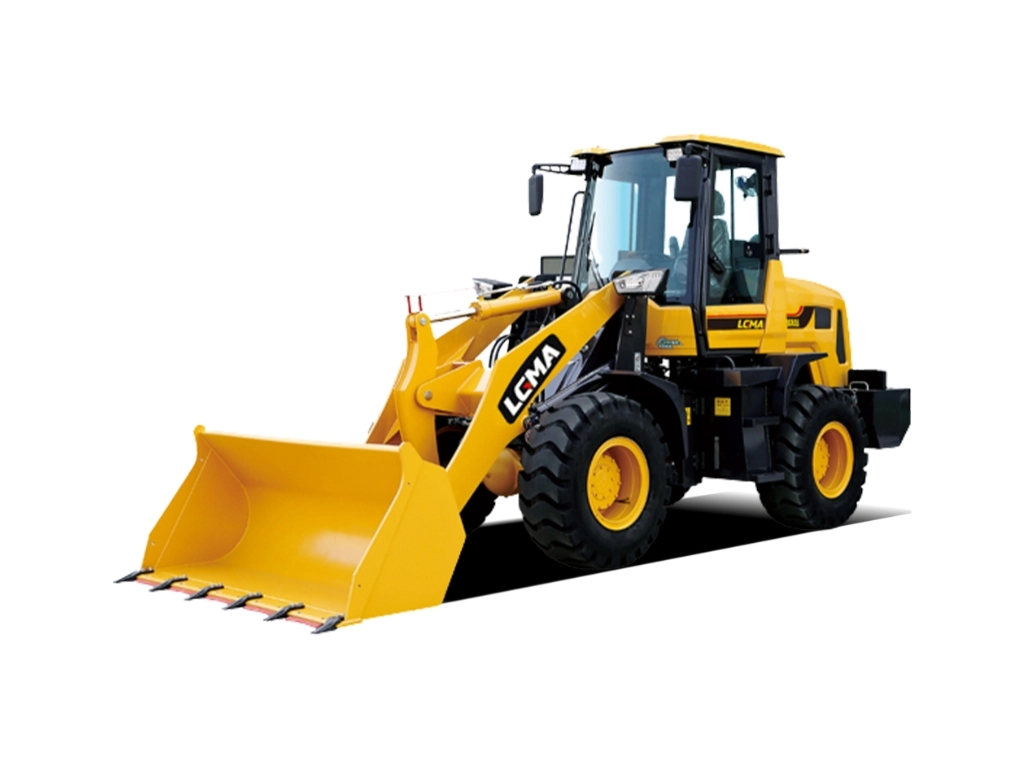
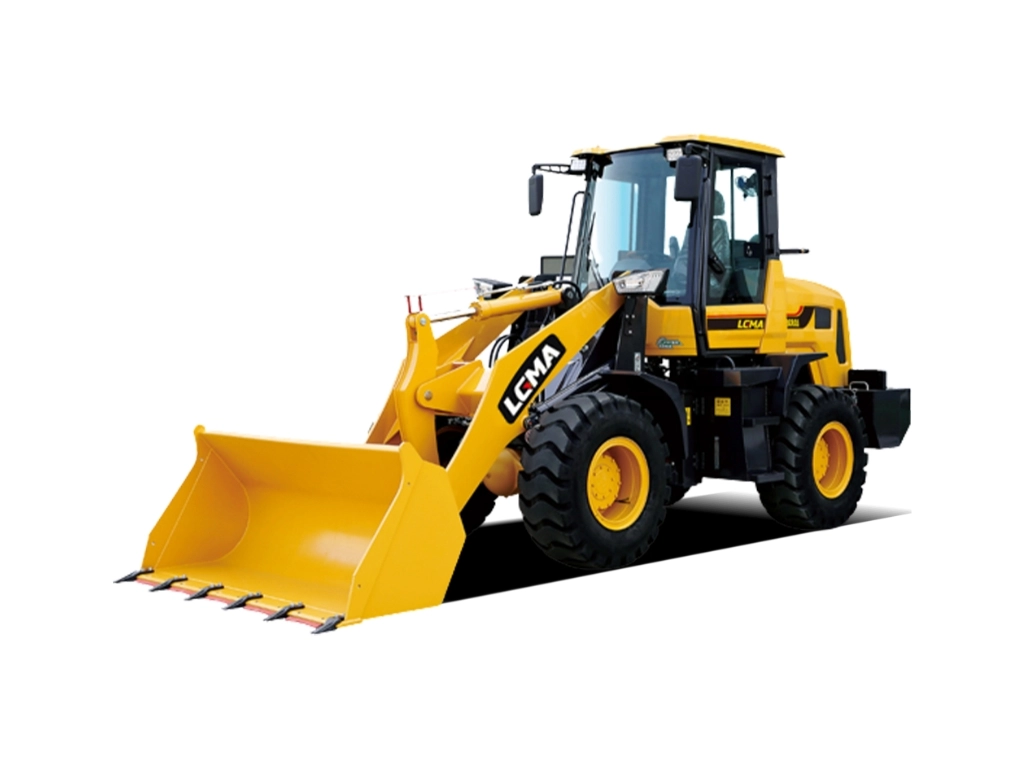
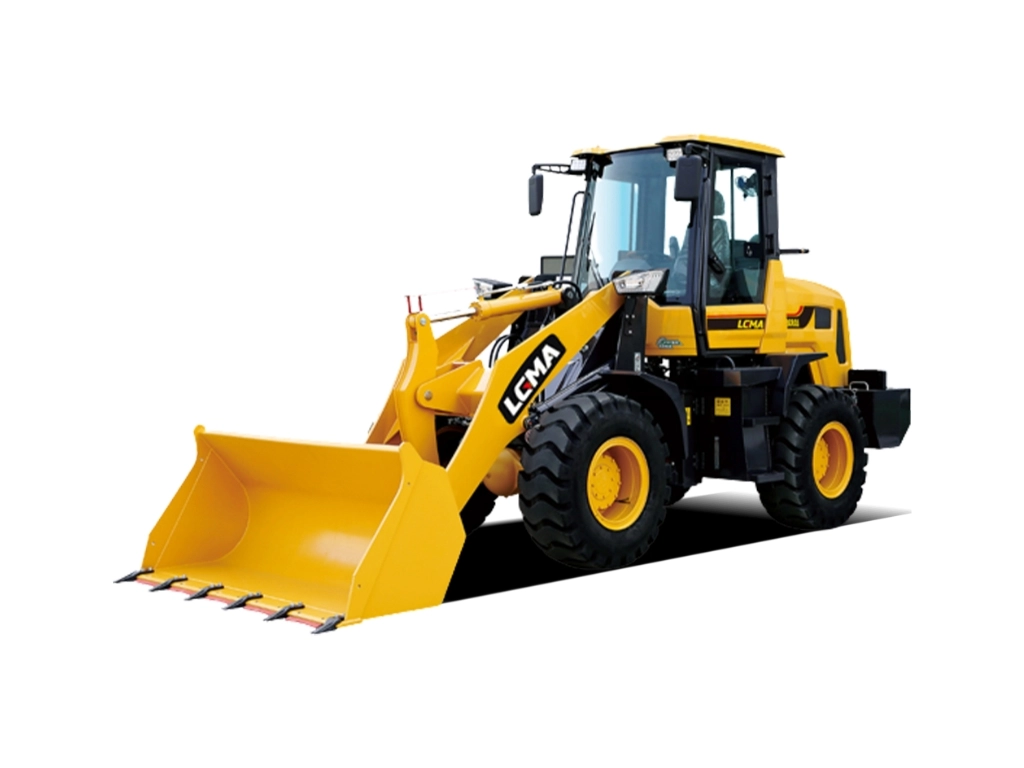
.webp)